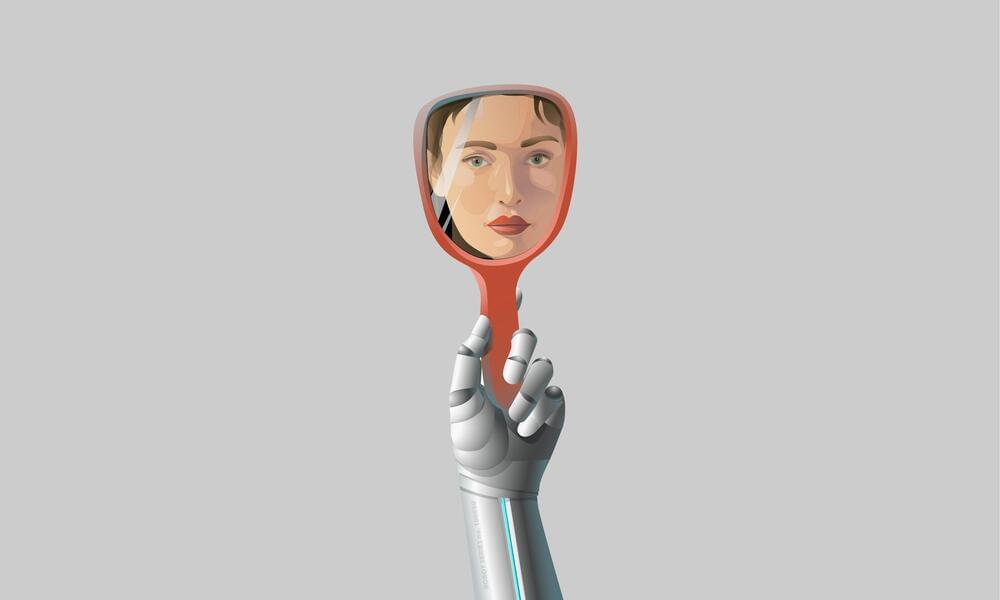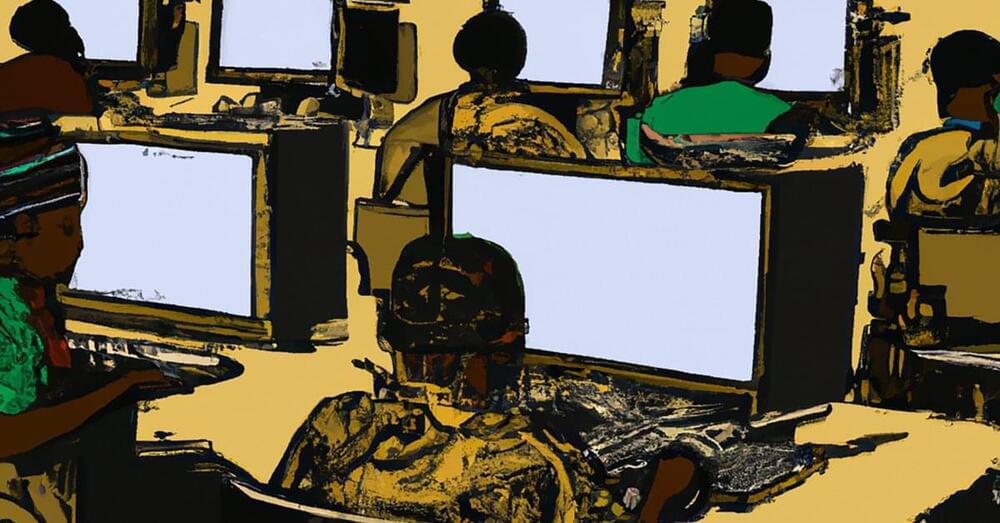With a stylized celebration to celebrate at the end.
Boston Dynamics has done it once again. After demonstrating the extreme capabilities of its bipedal robot, Atlas, flawlessly executing parkour tricks, the company has now released a video where you will fall in love with the robot for doing what one hates the most–climbing down from a high platform or ladder to get the tool you need.
Needless to say, the video is shot inside Boston Dynamics’ controlled facility and results from hours of perspiration and many broken robotic appendages, something we have covered before.
In this vignette, a human is shown working on a high platform and realizes that he has forgotten his tool bag, which happens very often. In a world where a robot like Atlas is indeed at our beck and call, one can ask him to hand over the toolbag, which he does effortlessly.




